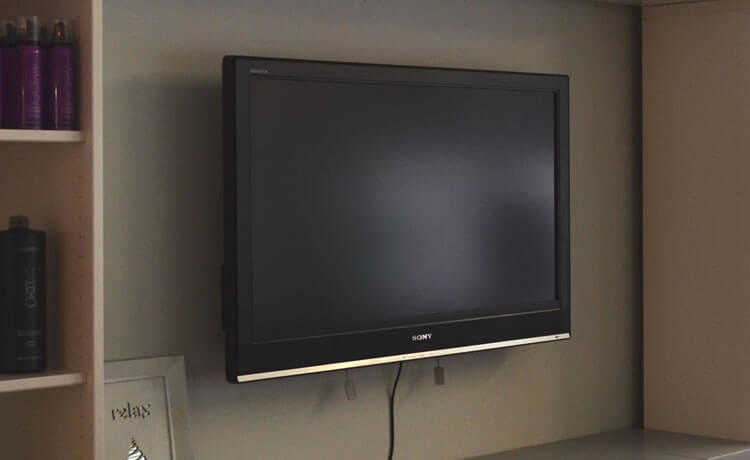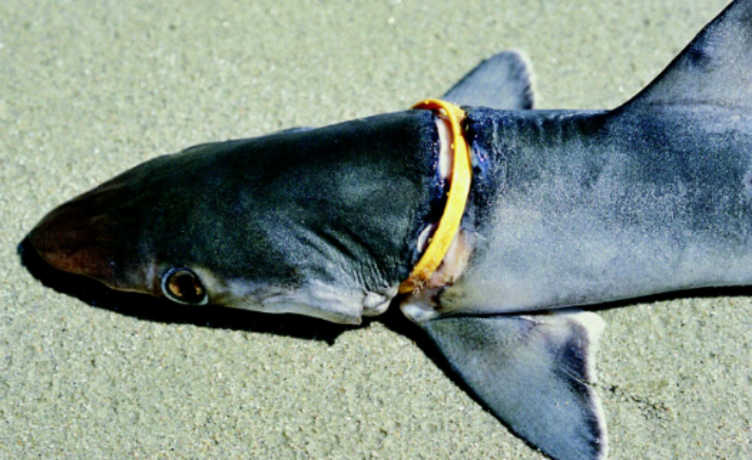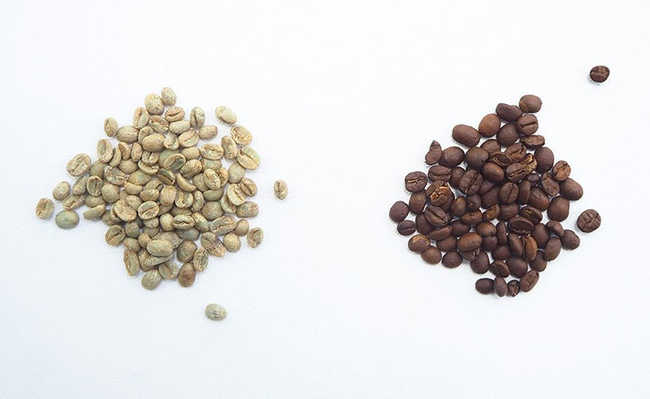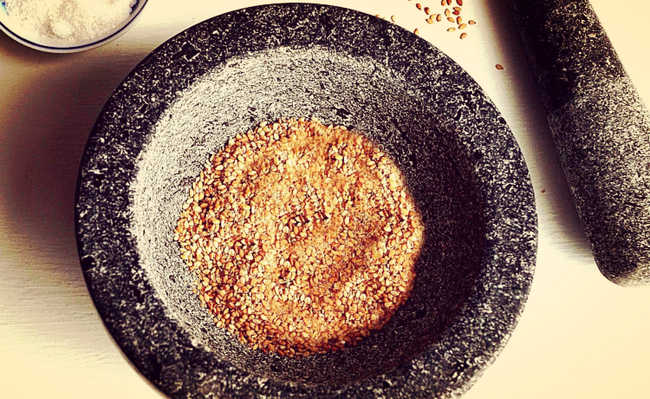How to discard LCD, Plasma or LED TVs?
Dispose of TVs only if done correctly!

Do you need to dispose of LCD, Plasma or LED TVs and don't know how to do it with a clearer conscience? Know that they can be partially recycled, but they require a lot of care. Valuable components may become unavailable in the future if we don't reuse them.
E-waste and TV disposal
O e-waste, better known in Portuguese as “electronic waste” is a social and environmental problem. In Brazil, more than a decade ago, in 2005, 97 thousand tons of electronic waste were already produced a year, placing the country in the first position in the ranking of countries that generate e-waste From Latin America!
Currently, with the growing consumption of new televisions, the most current screens are being discarded, such as the LCD (Liquid Crystal Display, which literally translates to “Liquid Crystal Display”) television, bringing new types of problems at the time of recycling.
LED televisions (Light Emitting Diode, or better said, Light Emitting Diode), LCD and plasma are basically composed of polymeric and metallic materials that, when discarded in landfills or dumps, can cause serious damage to the environment and to people's health. Metals can end up in groundwater and surface water through the leaching process and contaminate the groundwater.Composition of electronic waste and TVs
Electronic waste is mainly composed of the following materials:
- Plastics (20.6%)
- Iron/steel (47.9%)
- Non-ferrous metals (12.7%)
- Glass (5.4%)
- Printed circuit boards (3.1%)
- Wood (2.6%)
- Others (7.7%)
LCD screens, for example, have arsenic in the glass and mercury in the fluorescent lamps, which serve to illuminate the screen. And as we all know, mercury and arsenic have toxic potential. Mercury, which in tiny amounts we pass on wounds, in larger amounts present in drinking water can deteriorate the nervous system, cause motor and sensory disturbances, tremors and dementia. Arsenic, in contact with the skin, respiratory and digestive tract in significant amounts, can cause chronic intoxication leading to dermal lesions, such as hyper and hypopigmentation, peripheral neuropathy, skin, bladder and lung cancer, kidney and peripheral vascular disease.
On the other hand, LED technology screens, despite still having heavy metals in their composition, are ecologically more convenient, as they consume less energy and do not need mercury lamps, which makes them more viable, because LED lamps can be recycled.
As these new TVs are complex waste, some parts and components do not yet have a recycling technique. Most of the research on recycling is aimed at recycling printed circuit boards (PCB), which have valuable materials in their composition such as gold, silver, platinum, silica, nickel, tin, among others, which may in the future come to be missed if they are not reused. Including platinum, which is widely used in healthcare as well.
Disposal of TVs
So how should we dispose of TVs in a way that makes recycling feasible?
If it is not possible to sell or donate to people close to you if the TV is still working, one of the alternatives is to contact the manufacturer of the device, as Brazilian legislation (Art.33 of the National Solid Waste Policy) requires the manufacturing company to structure and implement reverse logistics systems.
Still, if this contact is not possible or the manufacturer is not in compliance with the law, you can fill in the form below to better allocate your disposal.









